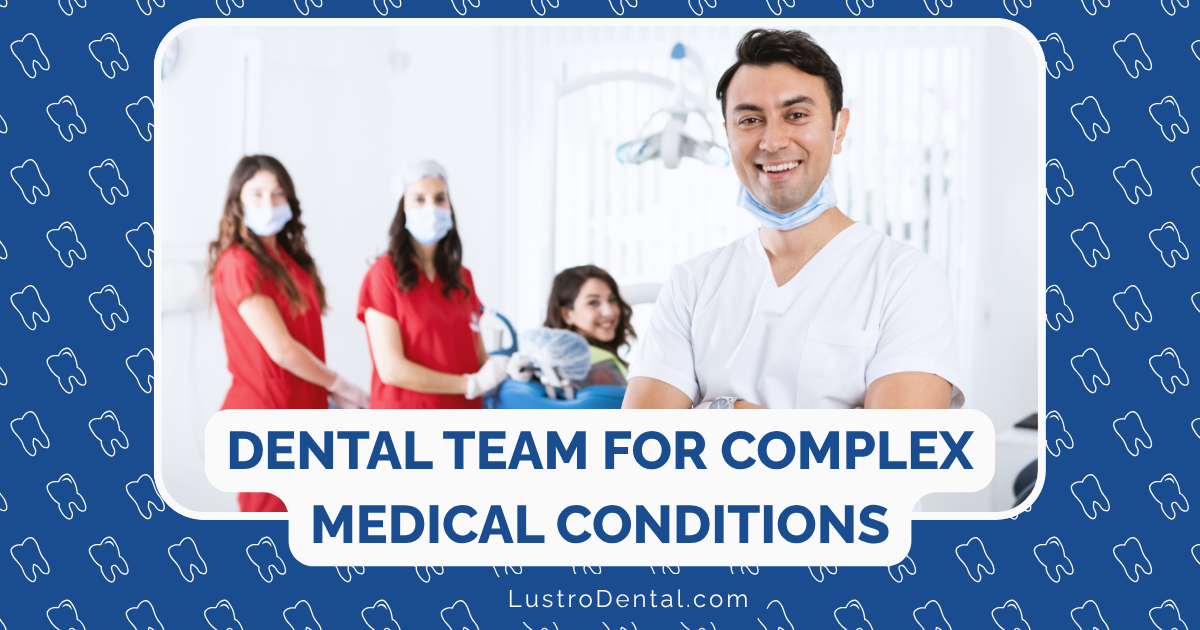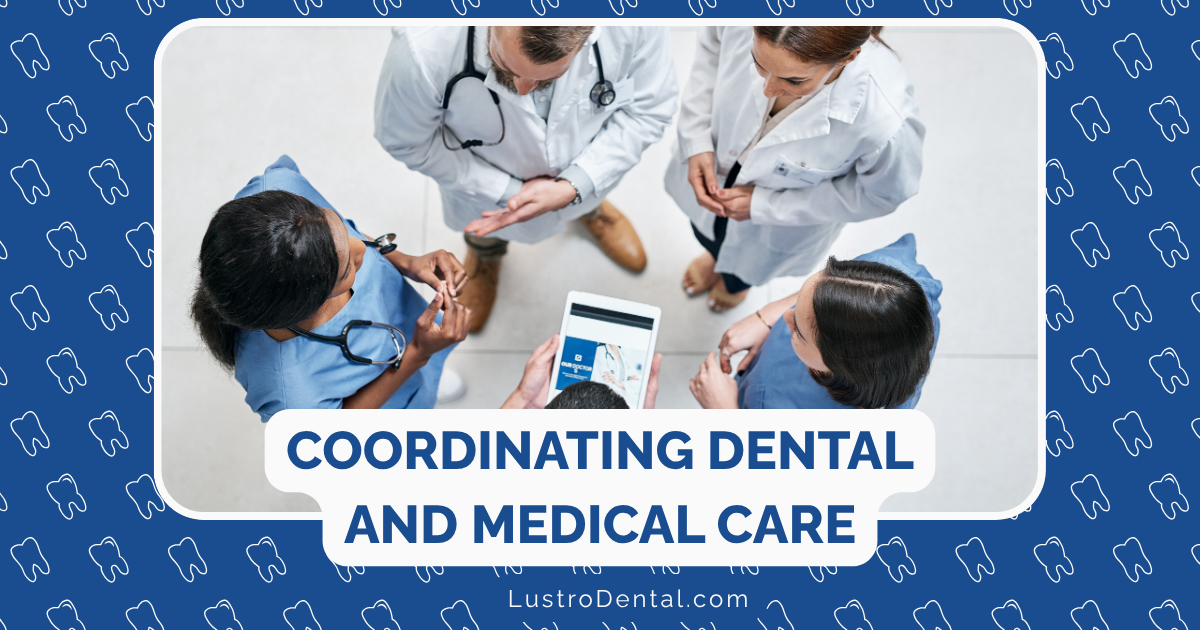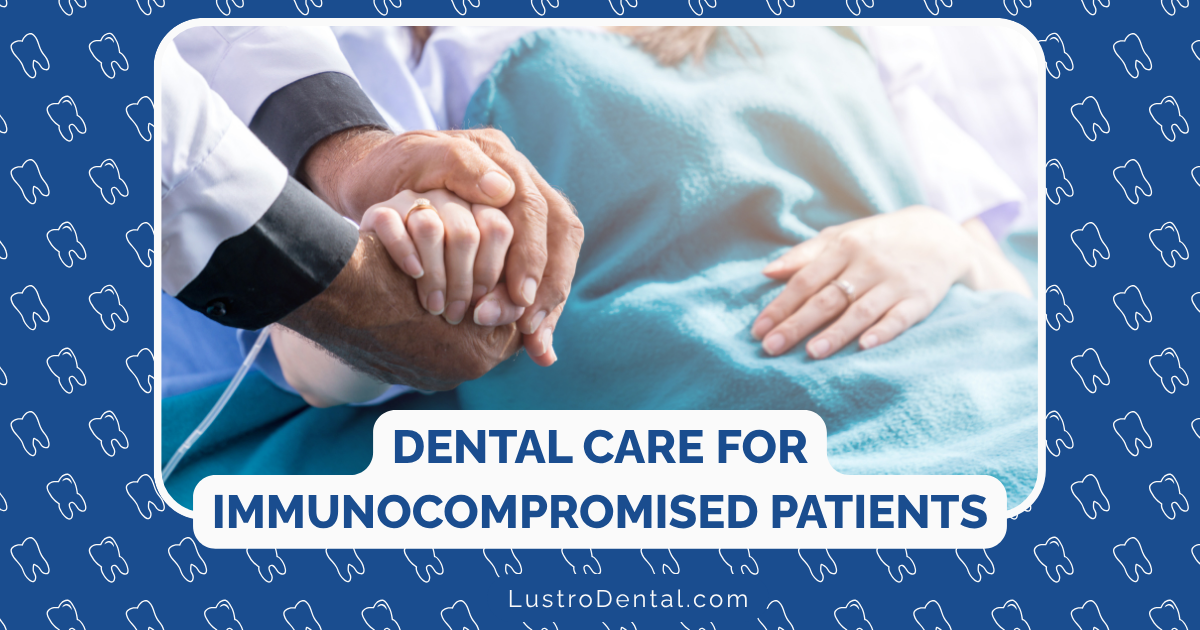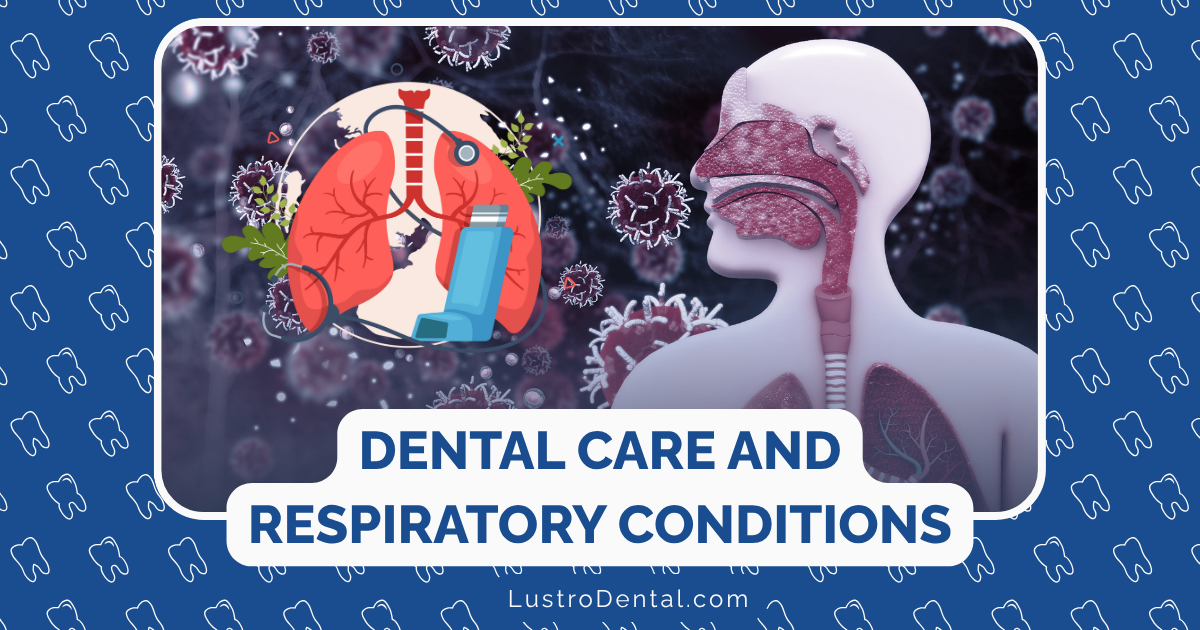Dental Care Adaptations for Patients with Physical Disabilities
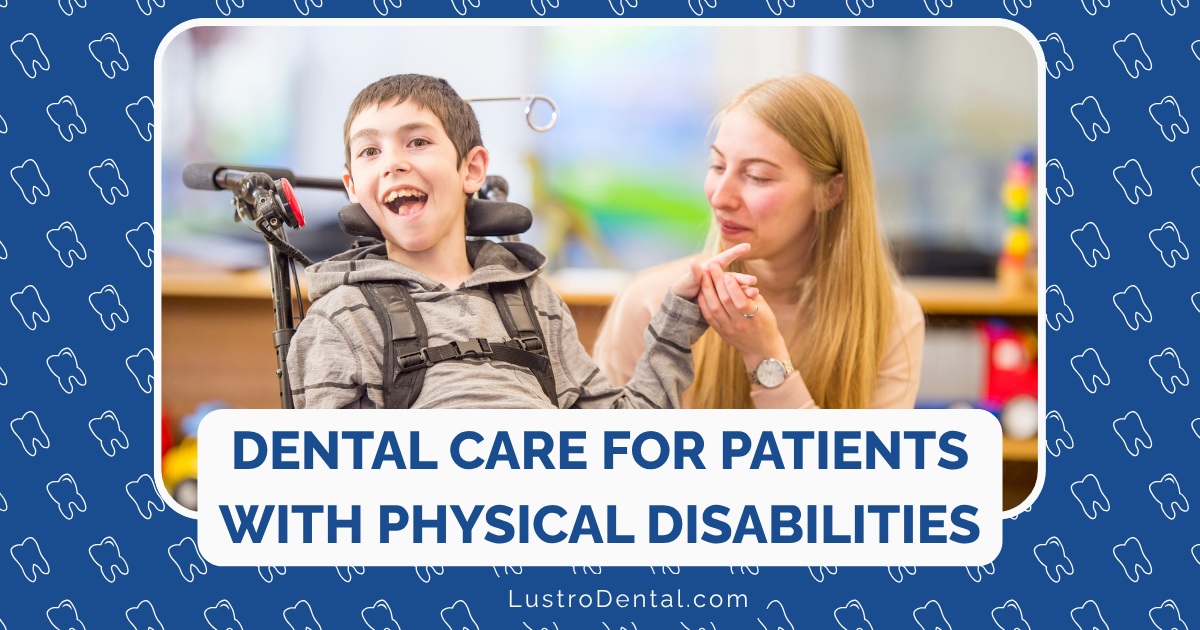
When I first began working with patients with physical disabilities, I quickly realized that standard dental approaches often fell short. The dental chair that most of us take for granted can be an insurmountable barrier for someone with mobility challenges. The simple act of holding a toothbrush—something many do without thinking—can be a daily struggle for those with dexterity issues.
Yet everyone deserves access to quality dental care and the dignity of maintaining their oral health. Today, I want to share practical adaptations that are transforming dental experiences for patients with physical disabilities, from innovative clinic designs to simple yet effective home care modifications.
Understanding the Scope: Physical Disabilities and Oral Health
The statistics tell a compelling story about the need for adaptive dental care:
- According to the World Health Organization, approximately one billion people worldwide live with some form of disability—nearly one in seven of the world’s population.
- In the United States alone, about 42.5 million Americans live with disabilities, many of which affect mobility and dexterity.
- Alarmingly, nearly half (48%) of Americans with disabilities went without a dental check-up for over a year as of recent studies.
- People with physical disabilities generally experience poorer oral health outcomes and have more untreated dental problems compared to the general population.
These disparities aren’t inevitable—they reflect barriers to care that we can and must address. Physical limitations don’t have to translate to oral health limitations.
Creating Physically Accessible Dental Environments
The journey to dental care begins well before a patient sits in the dental chair. For those with physical disabilities, accessibility starts from the parking lot.
External Accessibility Features
- Dedicated accessible parking spaces located close to entrances
- Ramp access with appropriate gradients and non-slip surfaces
- Automatic doors with sufficient width for wheelchair passage
- Ground-floor treatment rooms where possible, or reliable elevator access
Internal Office Design
- Wide corridors and doorways (minimum 32 inches) to accommodate wheelchairs and other mobility devices
- Accessible restrooms with grab bars, lowered sinks, and sufficient turning space
- Lowered reception counters for wheelchair users to communicate comfortably with staff
- Waiting room space configured to accommodate mobility devices without crowding
Dr. Maria Chen, who specializes in treating patients with disabilities at Penn Dental Medicine’s Care Center, emphasizes: “Physical accessibility isn’t just about compliance with laws—it’s about creating an environment where all patients feel welcome from the moment they arrive.”
Innovative Equipment Adaptations
The traditional dental chair presents one of the biggest challenges for patients with physical disabilities. Fortunately, adaptive equipment is transforming treatment possibilities.
Wheelchair-Accessible Dental Chairs
- Wheelchair lift systems that allow treatment while the patient remains in their wheelchair
- Side-access dental chairs that eliminate the need for transfers
- Hover chair technology that facilitates smoother transfers when necessary
- Adjustable headrests and supports for patients with limited neck control or mobility
Specialized Treatment Tools
- Mouth props and bite blocks to assist patients who have difficulty keeping their mouths open
- Customized positioning devices to provide stability and comfort
- Adapted suction equipment for patients with swallowing difficulties
- Lightweight, ergonomic handpieces that cause less fatigue for both patients and providers
The investment in such equipment pays dividends in patient comfort and treatment outcomes. As dental technology continues to advance, we’re seeing more innovations specifically designed with accessibility in mind. By 2025, portable dental equipment is expected to become increasingly sophisticated, potentially bringing quality dental care directly to patients who cannot easily travel to dental offices.
Home Care Adaptations: Empowering Independence
Daily oral hygiene is the foundation of good oral health, yet standard toothbrushes and flossing tools can be challenging for those with limited dexterity or strength. Thoughtful adaptations can make a world of difference.
Adaptive Toothbrushes
- Built-up handles using foam tubing, bicycle grips, or custom-molded materials
- Weighted toothbrushes for patients with tremors or coordination issues
- Strap attachments that secure the brush to the hand for those with limited grip
- Electric toothbrushes with modified controls for easier operation
- Suction toothbrushes for patients at risk of aspiration
Flossing Alternatives
- Floss holders with extended handles for improved reach and leverage
- Water flossers with adapted controls for one-handed operation
- Interdental brushes that require less dexterity than traditional floss
- Floss picks with built-up handles for easier gripping
Other Helpful Adaptations
- Toothpaste dispensers and crimpers that eliminate the need to squeeze tubes
- Suction equipment for patients who cannot spit effectively
- Cup holders and modified cups for rinsing
- Smartphone apps that provide timers and guidance for thorough cleaning
James Thompson, an occupational therapist specializing in adaptive equipment, notes: “The best oral care adaptations are often the simplest. Sometimes it’s as easy as wrapping a rubber band around a toothbrush to improve grip, but that small change can be the difference between dependence and independence.”
For DIY adaptation ideas, Equip 2 Adapt offers excellent resources that can be implemented at home with minimal cost.
Professional Care Techniques and Accommodations
When patients with physical disabilities visit the dental office, thoughtful accommodations and modified techniques can significantly improve their experience.
Positioning Strategies
- Alternative positioning in the dental chair based on individual mobility
- Support cushions and bolsters to maintain comfortable positions
- Transfer techniques specific to different types of physical limitations
- Allowing a caregiver to assist with positioning when appropriate
Treatment Modifications
- Shorter appointments to prevent fatigue and discomfort
- More frequent breaks during procedures
- Modified treatment sequencing to accommodate positioning needs
- Use of sedation options when appropriate for patients who cannot maintain positions
Communication Approaches
- Pre-appointment discussions about specific needs and accommodations
- Clear signals for needing breaks or assistance during treatment
- Post-treatment instructions in accessible formats (large print, digital, etc.)
- Follow-up calls to address any concerns after procedures
Dr. Robert Williams, who has specialized in treating patients with physical disabilities for over 20 years, shares: “The key is to never assume what a patient can or cannot do. I always ask, ‘How can we work together to make this comfortable for you?’ That question has led to some of our most successful adaptations.”
The Role of Caregivers in Supporting Oral Health
For many individuals with physical disabilities, caregivers play a crucial role in maintaining oral health. Effective partnerships between dental professionals and caregivers can lead to better outcomes.
Caregiver Training
- Hands-on demonstrations of adapted brushing and flossing techniques
- Positioning guidance for effective home care
- Recognition of oral health problems that require professional attention
- Strategies for managing resistance to oral care routines
Supportive Resources
- Written care plans with clear instructions
- Video tutorials demonstrating specific techniques
- Regular check-ins with dental professionals
- Peer support connections with other caregivers
The Special Care Dentistry Association offers valuable resources for both caregivers and dental professionals working with patients who have special needs.
Finding Specialized Dental Care
One of the biggest challenges for patients with physical disabilities is finding dental providers equipped to meet their needs. Several resources can help:
- The Special Care Dentistry Association’s directory of dentists trained in special care
- University dental school clinics often have specialized facilities and training
- State dental associations can provide referrals to accessible practices
- Disability advocacy organizations frequently maintain lists of recommended providers
- Online platforms like Path-Now that connect patients with disability-friendly healthcare providers
When searching for a provider, key questions to ask include:
- Is the office physically accessible for your specific mobility needs?
- Does the staff have experience treating patients with similar disabilities?
- What adaptive equipment is available in the office?
- Are they willing to make accommodations for your specific needs?
The Future of Dental Care for Patients with Physical Disabilities
Looking ahead to 2025 and beyond, several promising trends are emerging:
Telehealth Innovations
Telehealth is expanding access to dental consultations, allowing patients with mobility challenges to receive guidance without traveling to an office for every interaction. Virtual visits can be particularly valuable for:
- Pre-appointment planning
- Post-operative follow-ups
- Oral hygiene coaching
- Triage of dental concerns
Mobile Dentistry Expansion
In-home dental care is becoming increasingly sophisticated, with portable equipment that can deliver high-quality care in patients’ homes. This approach eliminates transportation barriers entirely.
3D Printing Applications
Custom-designed oral care tools created through 3D printing are making personalized adaptations more affordable and accessible. From custom toothbrush handles molded to fit a specific hand to specialized mouth props, this technology offers exciting possibilities.
Interdisciplinary Training Programs
Programs like the DECOD (Dental Education in Care of Persons with Disabilities) initiative at the University of Washington are training the next generation of dental professionals in comprehensive care for patients with disabilities. These specialized training programs are essential for expanding the workforce of providers comfortable treating patients with complex needs.
Advocating for Better Access
While adaptations can overcome many barriers, systemic changes are also needed to truly improve dental care access for people with physical disabilities.
Insurance Coverage Advocacy
Many adaptive techniques and equipment require additional time and resources, yet insurance reimbursement often fails to account for these needs. Advocacy efforts are working to:
- Expand coverage for extended appointment times
- Include coverage for specialized equipment
- Recognize the additional complexity of treating patients with disabilities
Policy Initiatives
Policy changes at local, state, and federal levels can support improved access through:
- Incentives for practices that invest in accessible equipment
- Grants for dental schools to expand special care training
- Requirements for accessibility that go beyond minimum legal standards
Individual Advocacy
Patients and caregivers can advocate for themselves by:
- Clearly communicating their needs to dental providers
- Providing feedback about accessibility challenges
- Sharing positive experiences with truly accessible practices
- Connecting with disability advocacy organizations
Conclusion: The Path to Truly Inclusive Dental Care
Creating truly accessible dental experiences for patients with physical disabilities requires a multifaceted approach—from thoughtful office design to specialized equipment, from adaptive home care tools to provider education. The good news is that awareness is growing, and innovations continue to emerge.
Every person deserves access to quality dental care that respects their dignity and meets their unique needs. When we adapt our approaches to overcome physical barriers, we don’t just improve oral health outcomes—we affirm the fundamental principle that good healthcare should be accessible to all.
For dental professionals, learning to adapt care for patients with physical disabilities isn’t just about compliance with accessibility laws—it’s about embracing the creativity and flexibility that makes dentistry both an art and a science. For patients and caregivers, knowing that adaptations exist and advocating for appropriate accommodations can transform the dental experience from one of anxiety to one of empowerment.
The journey toward truly inclusive dental care continues, but with each thoughtful adaptation, we move closer to a world where physical disabilities no longer stand as barriers to oral health.
Have you experienced or implemented effective dental adaptations for physical disabilities? Share your experiences in the comments below.


